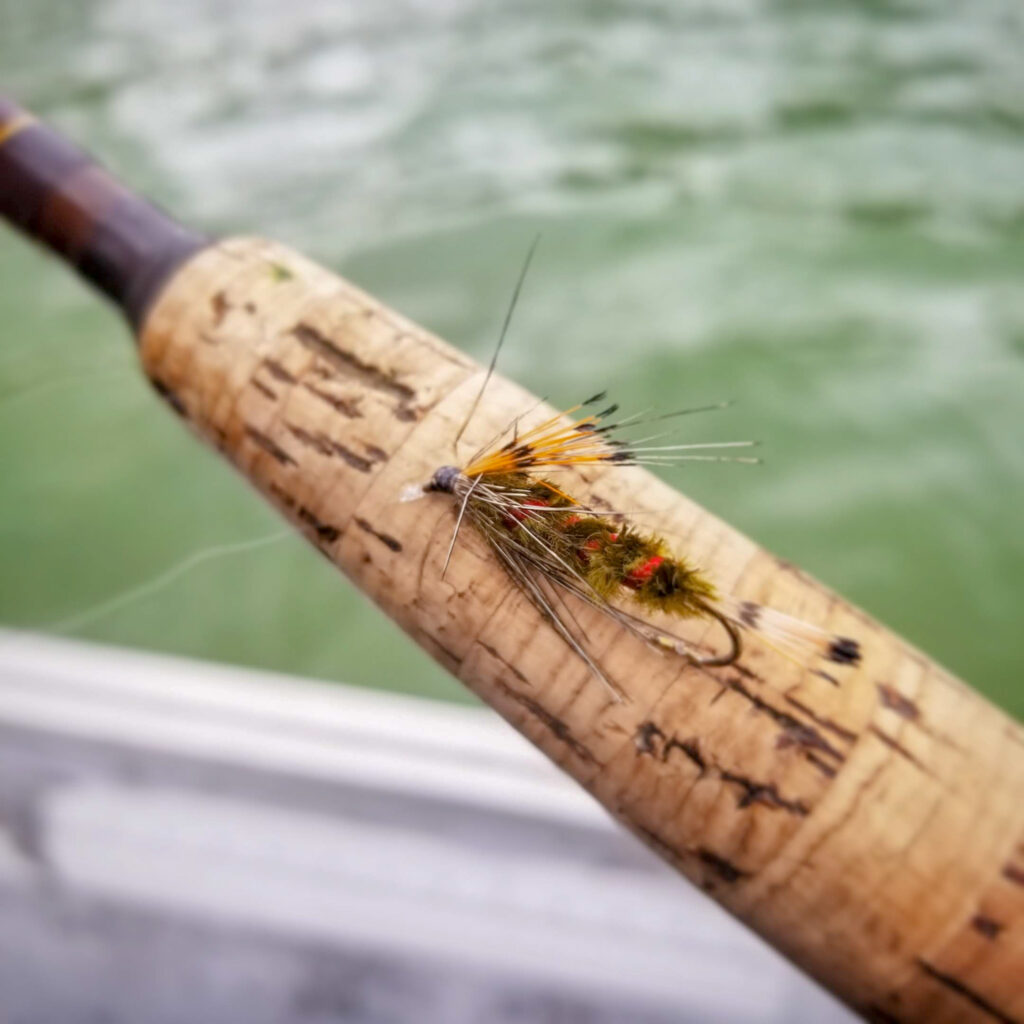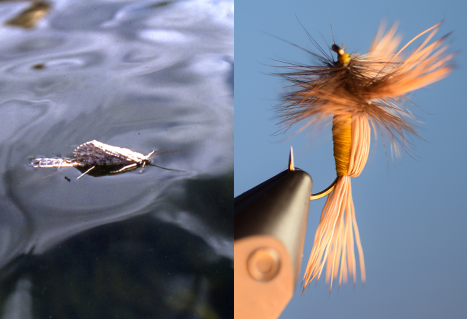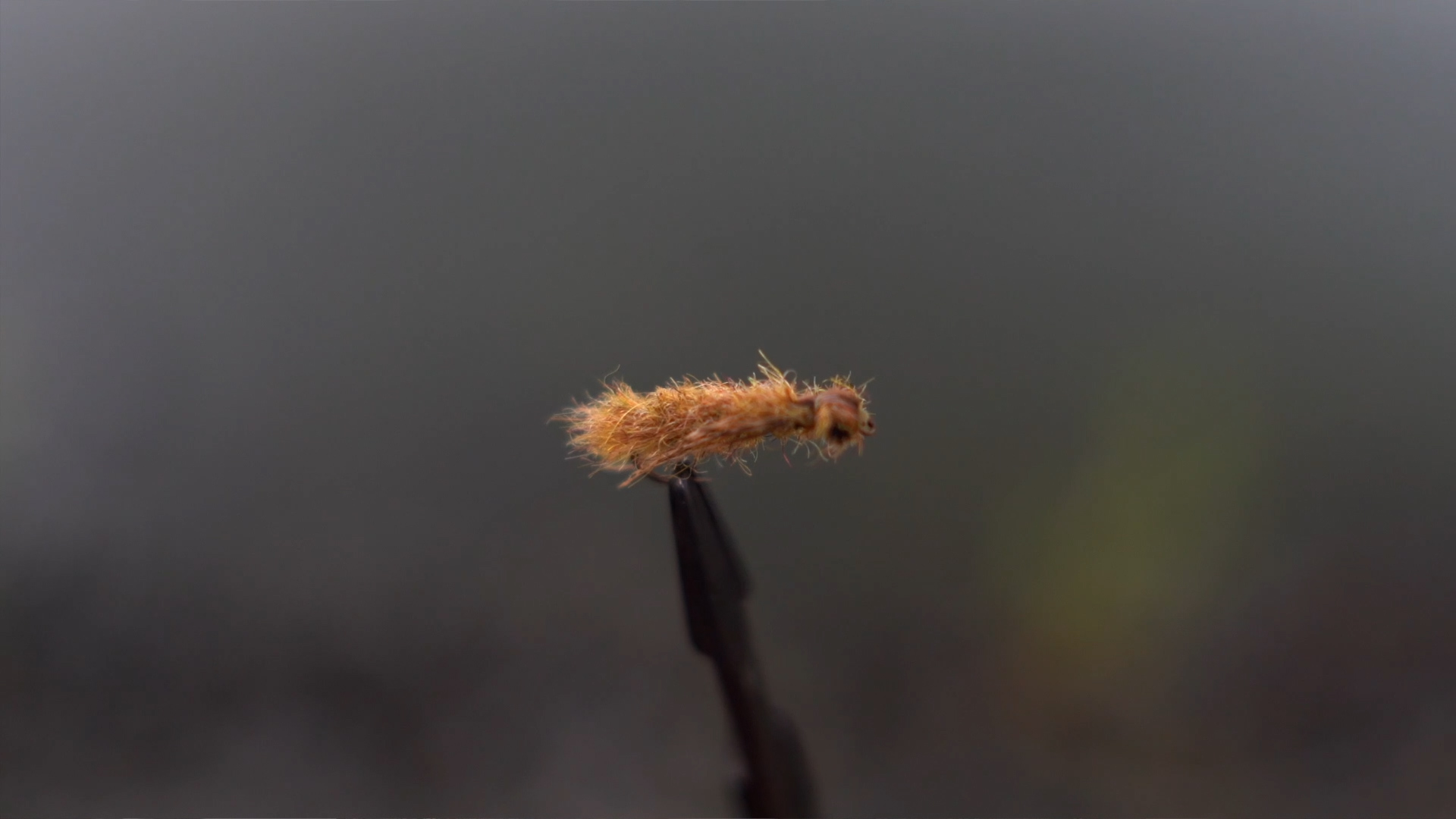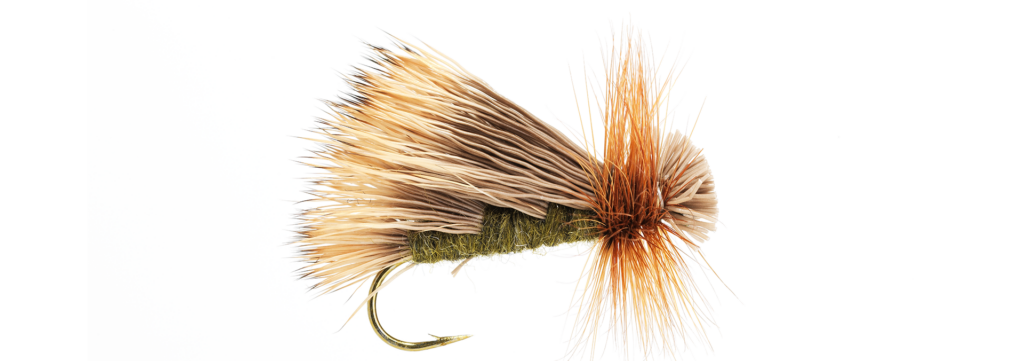Emerging caddisflies and dragonflies are a sure sign that summer has arrived in many of B.C.’s trout fishing lakes. Depending upon lake elevation and geographic location, the first signs of these insect hatches will begin in late June, but definitely peak during the month of July. Caddisflies and dragonflies don’t have prolonged emergences like those of chironomids, but both are big food sources that trout and char look forward to each year.
Caddisflies, also referred to as sedges, can provide some of the best dry fly action of the stillwater fishing season. Ardent caddisfly anglers follow the hatches around Interior lakes in an attempt to prolong the dry fly-fishing action.
Caddis Pupa
The mature caddis pupa breaks out of its old larval case on the bottom of the lake, in water depths from 1.5 to 7.5 metres (five to 25 feet). Once free, the pupae use an elongated and feathered pair of hind legs to swim quickly to the surface. Trout intercept the pupae on this emergence swim.
Imitating caddis pupa
Pupal imitations include the Knouff Lake Special and the Stillwater Caddis Pupa. Fish pupal patterns on an intermediate- or slow-sinking fly line. Wait for the fly to sink to the bottom before beginning a steady retrieve of 15- to 25-centimetre-long (six- to 10-inch) pulls.


Caddis Adults
Once at the surface, the adult phase crawls out of its pupal shuck, dries its wings, and then runs across the surface of the lake before flying off to mate. Trout and brook char actively chase down the scampering adult caddis. Big swirling riseforms are evidence of such feeding activity as another adult gets eaten.
Imitating caddis adults
Great imitations of the adult caddis are floating deer or elk hair patterns like the Tom Thumb, Elk Hair Caddis, Mikaluk Sedge, and Goddard Caddis. Fishing adult caddis imitations is as simple as casting one out on a floating fly line, and then retrieving it in 10- to 20-centimetre-long (four- to eight-inch) continuous strips that imitate a real caddis running across the surface film.
The caddis emergence is short, often less than a couple of weeks in duration. If you find yourself at a lake this July and see all the surface commotion, you’ll know just what to use.
Dragonfly Nymphs
Dragonflies are the longest-living aquatic insects found in our lakes. They can live for up to five years in the nymphal stage. The nymphs hide amongst the woody debris and vegetation that cover the bottom of the shoal or shallow-water areas of a waterbody. Dragonfly nymphs are carnivores, and prefer to hunt down shrimp or scuds, mayfly nymphs, and damselfly nymphs.
Trout will search out the dragonfly nymphs at all times of the year. However, it is during their emergence period that nymphs are most vulnerable to trout predation. Fully mature nymphs crawl along the lake bottom to shore, then crawl out of the water and up onto the stems or trunks of shoreline vegetation to complete their transformation to the adult phase. A dragonfly nymph migration will see many nymphs exposing themselves to cruising trout. During a major dragonfly emergence, you will see the newly emerged adults or the empty nymphal shucks clinging to the branches of willow, alder, or coniferous trees along the edge of the lake.


Imitating dragonfly nymphs
To imitate the nymphal migration, use a full, fast-sinking (Type 3 to Type 6) fly line to cast dragonfly nymph patterns (such as a Butler’s Bug, deer hair Gomphus, or Draggin) tied to a leader between two and three metres in length (seven and nine feet). These patterns can be trolled slowly over the shoal zone, or cast-and-retrieved along the edges of the drop-off as well as on the shoal. The goal is to present the fly just off the lake bottom, which is where the real nymphs will be as well. Use a slow but steady strip between 10 and 20 centimetres in length (four to eight inches). Expect a hard strike when trout and brook char attack these large food items.
Author: Brian Chan, Fishing Advisor, Freshwater Fisheries Society of BC
